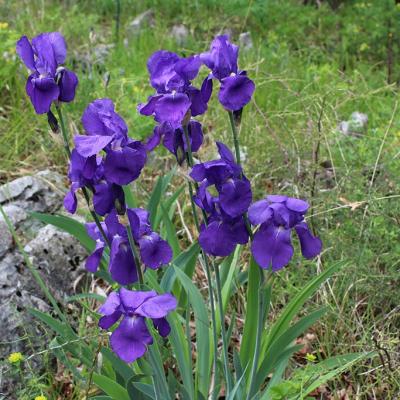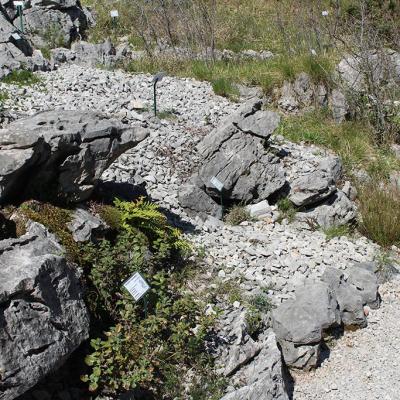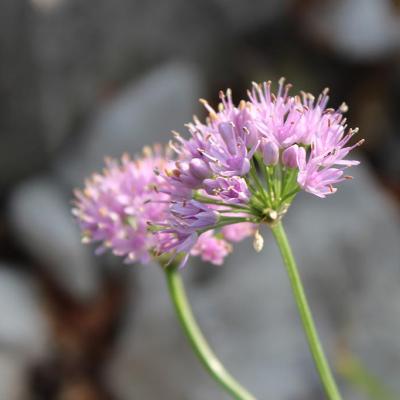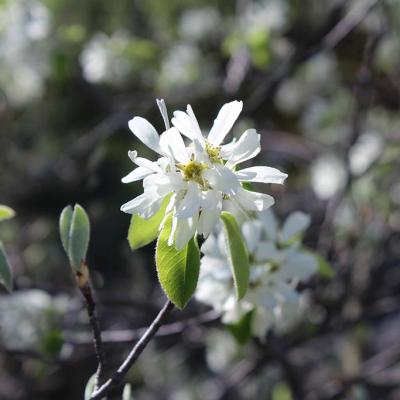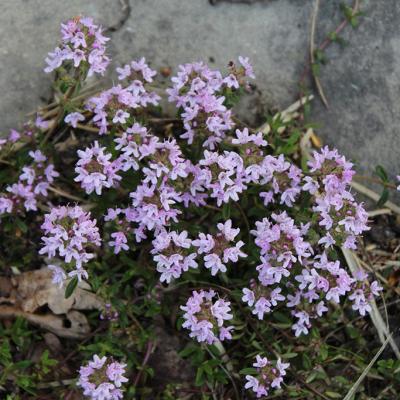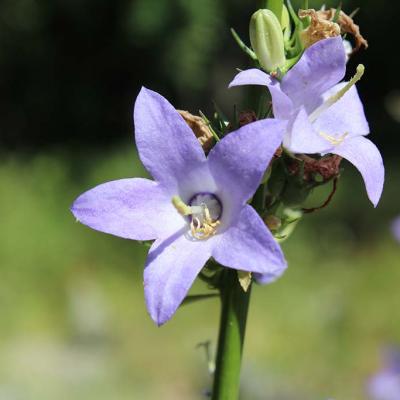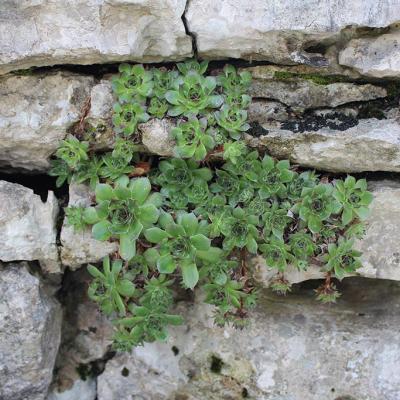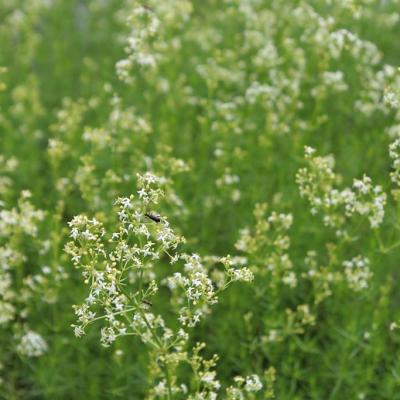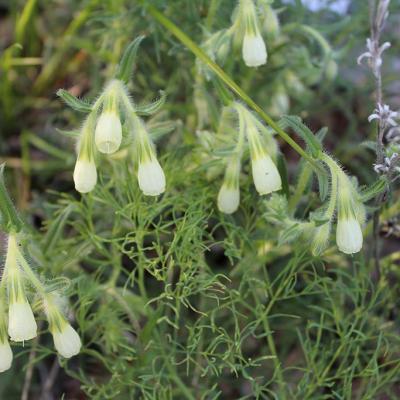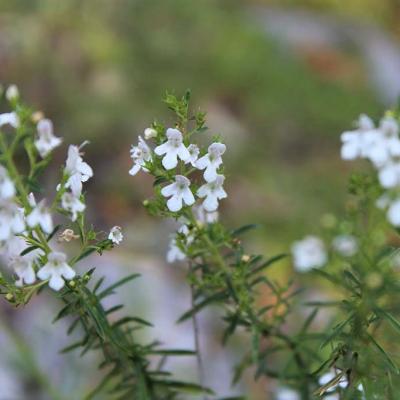Screes
The limestone scree habitat is characteristic of some areas of both the Karst close to Trieste (Val Rosandra) and Slovenian one (Mount Nanos and the Forest of Trnovo). Its main features are a steep and unstable terrain, the absence of a developed soil, the scarcity of water and nutrients together with an intense exposure to atmospheric agents. This is an inhospitable and challenging habitat for plants to take root in and it therefore hosts a set of species with peculiar adaptations linked to these difficult conditions. The thin vegetation cover, typical of this type of environment, reflects the challenging conditions of the stony ground in its morphological structure and spatial distribution. In these areas small herbaceous and shrubby plants develop, while the few tree species that manage to take root exhibit a reduced, almost shrubby vertical development, while the herbaceous species have very long roots favouring the uptake of water as well as leaves with a reduced surface area and a cushion-like structure to reduce transpiration.
The karstic screes also play host to rare species of plants such as the endemic grass Leucopoa spectabilis subsp. carniolica, Drypis spinosa subsp. jacquiniana and the Buckler-mustard Biscutella laevigata subsp. raffaelliana. We also find imposing species such as Pyramidal Bellflower Campanula pyramidalis or less showy ones such as Shiny Bedstraw Galium lucidum, the Common Houseleek (Sempervivum tectorum) and the broom Genista holopetala, the latter an example of Illyrian endemism.

